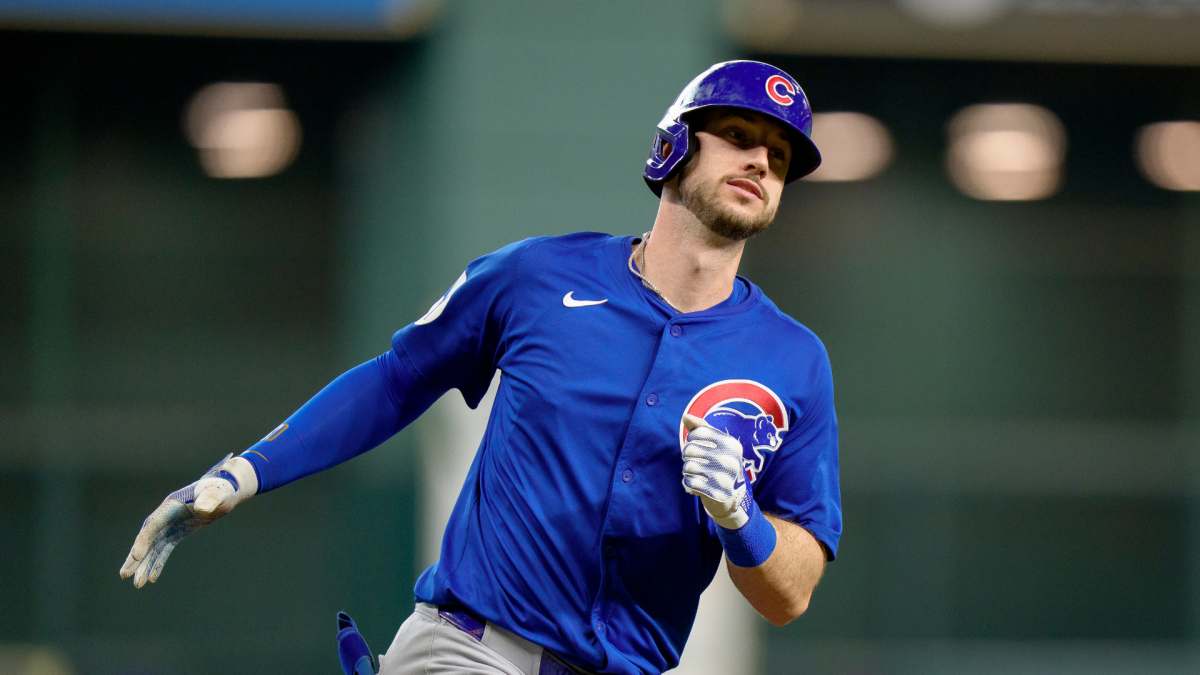Major League Baseball’s free-agent market is officially open. That can mean only one thing: it’s time to predict the eventual contracts the 10 best players in the class will sign.
Although baseball contracts often feel like they materialize from the ethers, you can do a reasonable job of predicting terms by combining precedent with inflation and some adjustments based on things like age and skill-set profile. There are some exceptions, of course — human beings are fun and unpredictable like that — but you needn’t take my word for it. This is my third year doing this exercise at the onset of free agency: in my first attempt, I came within $4.5 million average annual value on seven of the 10 players; last year, I fared better, landing within $2 million AAV on five of the 10. Let’s try to improve again.
Ranking top 50 MLB free agents for 2026: Kyle Tucker, Alex Bregman at top, plus landing spots for every player
R.J. Anderson
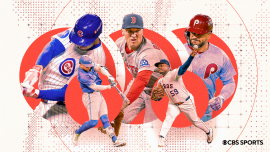
Let’s get to it.
Tucker is a fascinating case. He’s good at everything, but his Baseball Reference page features minimal bold type. He’s also coming off an uneven season, his second in a row with a disruptive injury. I think Tucker joins a select group of outfielders (Juan Soto, Aaron Judge, Mookie Betts) to clear $30 million annually. I also think he’ll sign for a long term to leverage his youth (29 in January) and flatten his tax hit. Beyond that? I could see him besting this estimate by being the best player available in a weak market.
Prediction: 12 years, $408 million ($34 million AAV)
Bregman inked a three-year pact last winter worth $40 million annually. In reality, it was a series of one-year arrangements that allowed him re-enter the market when he wanted thanks to opt-outs. I have to imagine Bregman clears the deal Matt Chapman signed with the Giants last year for six years and $151 million. My question is if he’s able to also top the $31 million AAV that Rafael Devers received as part of his extension with the Red Sox. (Because, you know, it’s not like Bregman and Devers are connected in any other way.) I’ll guess yes, albeit barely.
Prediction: Six years, $192 million ($32 million AAV)
The key question facing Bichette’s free agency is how teams will view him positionally. If a club is willing to stomach his shortstop defense, then the comparison to Willy Adames‘ agreement with the Giants (seven years, $182 million) is a good reference point. I’m going to assume that will be the case, at least in the short term. I’ll add in some extra coin because of Bichette’s age advantage and inflation.
Prediction: Seven years, $189 million ($27 million AAV)
Bo Bichette free agency: Pros and cons, contract prediction, landing spots and more for All-Star shortstop
R.J. Anderson
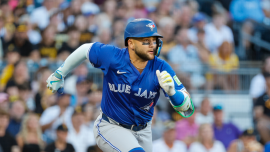
There’s no doubt in my mind that Valdez’s camp will push for a contract similar to the agreement Max Fried reached with the Yankees: eight years, $218 million. I don’t know if Valdez will succeed in getting that term — Fried’s is the second longest given to a pure pitcher since 2020 (Yoshinobu Yamamoto leads the way at 10 years and he was a special case) — but I do think he’ll land a similar per annum when it’s all said and done.
Prediction: Seven years, $189 million ($27 million AAV)
Schwarber is a tough button to button. He’s a very good hitter, but it’s all he does and he’s nearing his 33rd birthday. David Ortiz, perhaps the best contemporary comparison, never received more than a four-year contract past this point in his career. I think Schwarber’s camp can attempt to build a deal leveraging the pact Teoscar Hernández signed last winter with the Dodgers for three years and $66 million. (Said deal also included at least one option and another conditional one.) Schwarber is a better hitter than Hernández, so it’s only just that he gets a slightly longer and more lucrative deal.
Prediction: Four years, $104 million ($26 million AAV)
Bellinger is another polarizing free-agent profile. There’s no denying he’s found a formula that works for him. It may not work as well in every ballpark as it did at Yankee Stadium, however, and it’s hard to forget that he had a stretch where he was nearly unplayable. I could see this estimate being wrong in either direction, and I have a feeling whatever deal he signs will feature a far more convoluted structure than I want to delve into for this exercise.
Prediction: Five years, $125 million ($25 million AAV)
7. 3B/1B Munetaka Murakami
Meet the wild card of the group. Murakami, who is expected to be posted from NPB, has elite strength and youth on his side. He’s extremely prone to striking out, however, and he’s not much of a defensive presence. It’s tough to find a good recent comparison for an international hitter transfer. Seiya Suzuki and Masataka Yoshida, both Japanese outfielders, received between $17 and $18 million annually over five-year terms. Jung Hoo Lee, a Korean outfielder, received about $19 million annually over six years. Murakami is likely aiming higher than those rates. I’ll guess that he finds a taker, but keep the salt handy because there are wide error bars extending in both directions.
Prediction: Six years, $140 million ($23.3 million AAV)
Shota Imanaga free agency: What those surprising contract decisions might tell us about this MLB offseason
R.J. Anderson
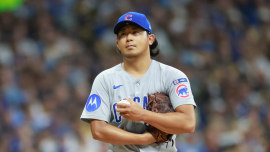
Imanaga joined the class after the Cubs declined a three-year option worth nearly $60 million. Imanaga, for his part, then rejected what amounted to a pair of one-year options worth $15 million. He did show some signs of slippage last season, but I think a team will welcome him in for more than he would’ve earned on a rate basis for something along the lines of last winter’s Nathan Eovaldi contract.
Prediction: Two years, $50 million ($25 million AAV)
The market isn’t kind to non-elite right-handed first basemen. Alonso found that out last winter, yet he elected to opt out of a $24 million salary for the upcoming season in pursuit of a longer contract. Can he find something similar to Freddie Freeman‘s six-year arrangement worth $27 million annually? I’m not so sure on the term — even Freeman had trouble finding that deal, and he was a better pure hitter. I’ll plant the AAV there anyway.
Prediction: Four years, 108 million ($27 million AAV)
Pete Alonso free agency: Why slugger may face another chilly market this offseason, plus landing spots
R.J. Anderson
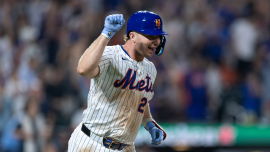
10. LHP Ranger Suárez
A slew of mid-rotation starters have signed for around $25 million annually in recent years. Last offseason alone saw Sean Manaea and Nathan Eovaldi do it. I have to imagine that’s at least the beginning of a reasonable agreement for Suárez. This may prove low though if he doesn’t suffer from comparisons to the aforementioned Valdez.
Prediction: Five years, $125 million ($25 million AAV)

